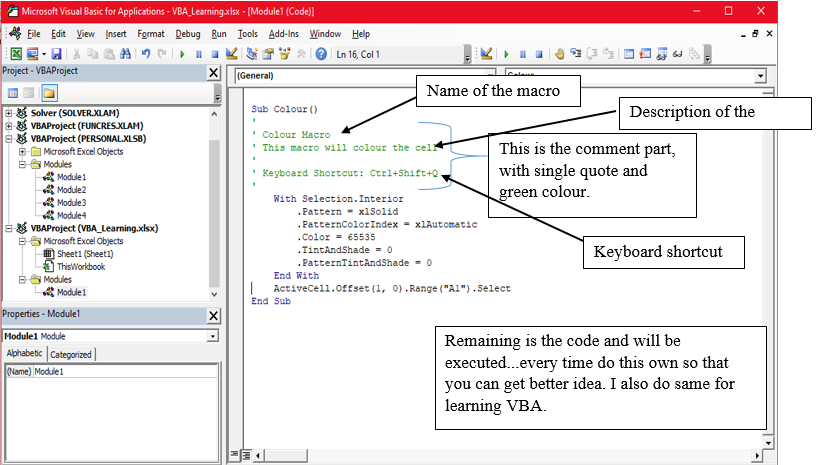

- #Share recorded macros notepad ++ windows 10 install#
- #Share recorded macros notepad ++ windows 10 portable#
- #Share recorded macros notepad ++ windows 10 code#
#Share recorded macros notepad ++ windows 10 code#
Word copies the macro from the left Macros panel to the right Quick Access Toolbar panel. Notepad++ is a text and source code editor for use with Microsoft Windows. On that screen, locate your macro, select/highlight it, then click Add. Click Button and the Word Options/Customize Quick Access Toolbar screen opens.
#Share recorded macros notepad ++ windows 10 portable#
But it would be better if you had another portable Notepad++ somewhere on your machine, and use that portable Notepad++ to edit your main Notepad++’s config. Step 2: Add a macro button to the Quick Access ToolbarĪ. (For the other editor, you could use something like Windows’ builtin notepad.exe. Even though you can overwrite many of these shortcuts, it’s much easier to attach your macro to a button. Note: Most of the shortcut keys are already used by the system. Next, in the Assign Macro To panel, click Button or Keyboard (shortcut) for the method used to access and run the macro. For the Store Macro In field, choose All Documents to run this macro in all of your Word documents, or select the current document (displayed by filename) to use this macro in the current document only.



Descriptions are just notes that summarize the macro’s function.Ĭ.Macro names cannot conflict with the program’s reserved commands or keywords such as Print, Save, Copy, Paste.Macro names can be 80 characters maximum.You cannot use spaces, non-alphanumeric characters, or periods. Macro names must begin with a letter and use either letters or numerals.Connect the device that recorded the trace to your development machine, then run the following commands in a. You can also do syntax highlighting and it is. If desired, you can also extract a system trace from a device using ADB. Notepad++ auto-completion, text-shortening, macro recording, shortcut customization and more. If desired, you can share a trace from this app.
#Share recorded macros notepad ++ windows 10 install#
The location of the settings files can be moved to the installation directory by creating the file DoLocalConf.xml in the install directory (the one that contains notepad++.exe). On devices running Android 10 (API level 29), traces are shown in the Files app. If no cloud location is specified (see above), Notepad++ stores its settings files in %AppData%\Notepad++, which resides in the user profile. Locating the Notepad++ Settings Directory Notepad++ stores the location of the cloud settings path in a dedicated file located in cloud\choice below the installation directory. You can enter any local or remote file system path (including UNC paths) and Notepad++ will happily move all of its configuration files to the specified location. This was obviously designed to move the application’s configuration files to the directories of popular cloud sync tools like Dropbox or Google Drive. The trick is to make use of the option to store the settings in a cloud (see the screenshot above). Moving the Notepad++ configuration is simple but not intuitive. It will open both Notepad and the Calculator app. Select the macro you just recorded, which will have a blank title, and then press Run Macro. Click Yes to add it to the Demo Macros list on the ClickyMouse window. Then press the Stop button on the Macro-recording window. In the drop-down list our document.write () macro should appear alongside the Notepad++ system commands. You can use any valid file path, either a drive letter or network path (). Add the function to your project and call the folderpath using the following format. If you want to bring up a folder picker dialog, you need to use a function, such as the one below. This article describes a simple way of moving your existing configuration to a different location. Open both the Notepad and Calculator app in Windows 10. For more examples, see Using Windows environment variables in Outlook macros. There are 2 locations that the shortcuts.xml file resides in, Notepad++ could be using either one, depending on how it was installed. Also see if the macro is listed when reloading Notepad++. Depending on what you selected during the installation, Notepad++ stores its configuration files either in the installation directory or in your user profile. Start Notepad++, do your test macro, save it then exit, it should recreate the file.


 0 kommentar(er)
0 kommentar(er)
